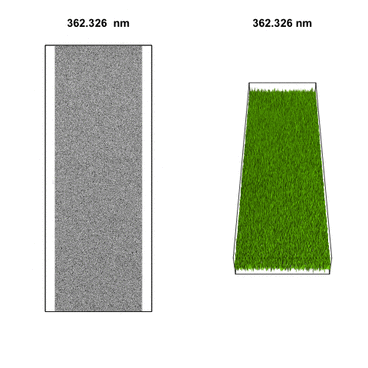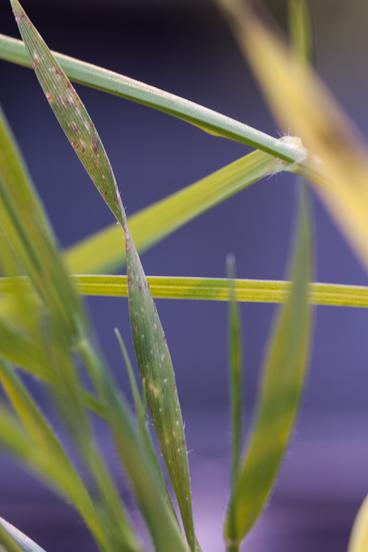The Hirsch Lab conducts research in the Department of Plant Pathology at the University of Minnesota on plant stress resistance biology. The interests of the lab include using enabling technologies to understand genomic and expression variation within species and associating this variation with precision phenotyping to understand abiotic and biotic stress response in plants.
Understanding the role of transposable elements in maize abiotic stress response
USDA National Institute of Food and Agriculture, Agriculture and Food Research Initiative
1/16 - 12/18 | PI: Nathan M. Springer | CoPI: Cory D. Hirsch | Award#: 2016-67013-24747
Abiotic stress, such as extreme temperatures or drought, severely limit agricultural productivity. We have evidence that certain families of transposons can confer stress responsive expression patterns to nearby genes in maize. The first aim of this project is to define the role of transposons in gene expression responses to abiotic stress in several different tissues and genotypes. The focus of the second aim is to determining the mechanism by which transposons influence the stress-responsive expression of nearby genes. The third aim of this project will document natural variation for insertion sites of the transposons that confer stress-responsive gene expression and will attempt to identify protocols to mobilize these elements to generate novel allelic diversity in maize. The proposed research would provide novel understanding of the molecular processes that underlie gene expression responses to abiotic stress.
High-throughput hyperspectral phenotyping to identify and understand soybean diseases
Minnesota Soybean Research & Promotion Council
5/17 - 4/18 | PI: Cory D. Hirsch | CoPI: James Kurle
Sudden Death Syndrome (SDS), caused by Fusarium virguliforme, and brown stem rot, caused by Cadaphora gregata, are two of the most important soilborne pathogens that infect soybeans in Minnesota. Both of these pathogens infect soybean plants through their roots early in the growing season, but the plants remain visually asymptomatic until later reproductive stages. In this project we are using high-throughput hyperspectral imaging to phenotype non-infected and infected soybean plants. Hyperspectral imaging enhances traditional visual phenotypes through higher spectral resolution to characterize physiological and resistance traits expressed by plants that cannot be observed by the human eye. This method of phenotyping is non-destructive, can be conducted many times throughout plant development, and has the potential to allow for rapid characterization of diseases well before expression of visual symptoms.
Identification of gene networks to understand stem rust susceptibility in wheat
University of Minnesota Microbial and Plant Genome Institute
5/16 - 4/18 | PI: Melania Figueroa | CoPI: Cory D. Hirsch, Chad Myers
This project will explore a new area of stem rust disease research and increase our understanding of how susceptibility is dictated when plants are infected by the stem rust pathogen. We are working towards understanding what makes a wheat plant susceptible and to then improve disease resistance by rewiring plant responses to rust pathogens. The overall goal of this research is to provide alternative methods to provide durable disease resistance and increase crop improvement and yield stability.


